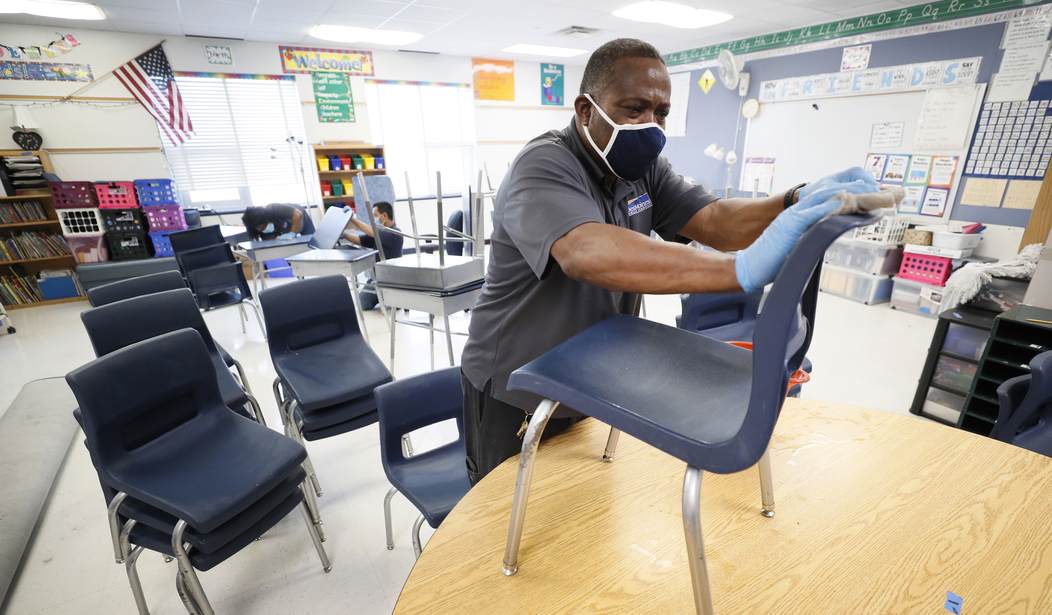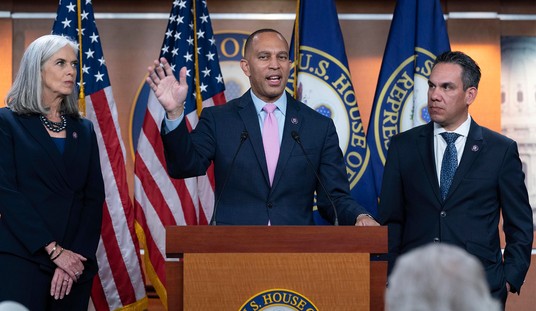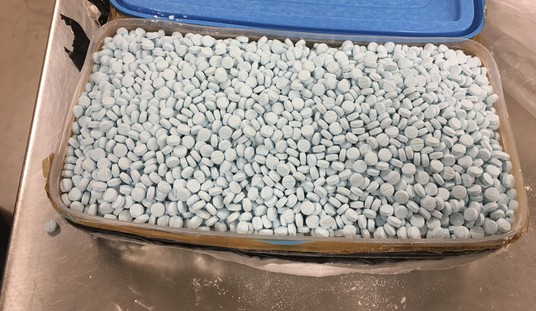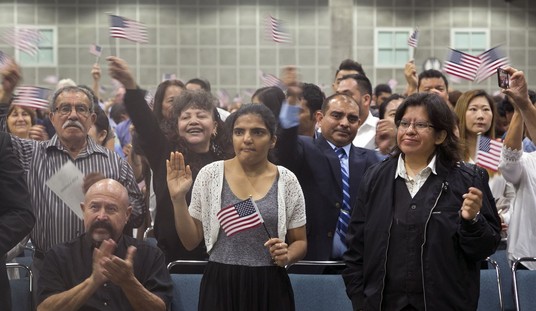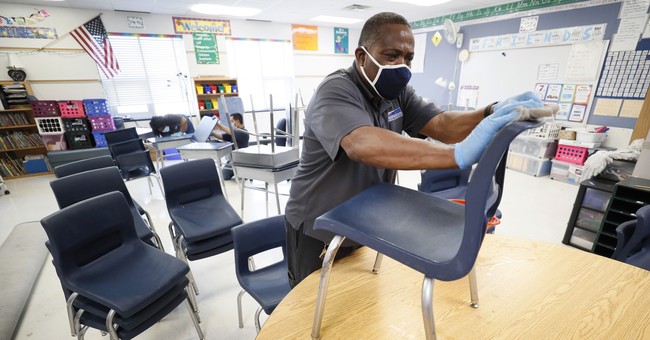
There are many plans getting tossed around right now as school districts try to decide what they can and should do regarding the beginning of the 2020-2021 school year.
Some districts are focused on completely opening up and letting the chips fall where they may. In many cases, the plan appears to be “If a school sees an outbreak, shut them down and go virtual, but keep the other schools open. That way, we keep as many schools in session as possible and as many students in classrooms as possible.”
And, to a certain extent, I as a teacher am fully on board with that. I am very worried about the economic and, frankly, truancy-related impacts keeping kids out of school for even longer might have. However, it isn’t just students we have to worry about. An aging teacher population, administrative positions, and even cafeteria and custodial staff are all at greater risk than most of our K-12 students when it comes to COVID-19. The statistical data shows that students are less likely to suffer the major effects of the virus, but spreading it to adults can have a devastating impact by taking them out of school and relying on a largely older-age population of substitute teachers.
There are so many ways we can keep the virus spreading and, regardless of your feelings on the subject, that is still bad for the country.
It is not, however, a federal concern. We are specifically designed as a country to prevent the federal government from dictating a national educational policy like either Trump is proposing by making everyone go to school or like Democrats are proposing by keeping kids out of school. It is a matter of states and local districts to decide.
So, is there an answer for those who are wary of re-opening our schools? Maybe.
For the 20-21 school year, let’s say we start the year virtual. Make sure your teachers are properly trained to actually be virtual, not just post assignments online. There are trainings, sure, but are they really answering the fundamental questions teachers have? Prepare them, or the steps forward Louisiana has taken (and, yes, we have stepped forward more than most realize) will be backtracked very, very quickly.
What about the students without computers? That’s the easy part. Check out laptops or Chromebooks as needed. But when it comes to students without home Internet? That’s a bigger issue.
One of the rumors going around is that busses will be equipped with WiFi for drive-thru download/upload. They’ll be sent out to central locations and families will have to drive through, close enough to access the signal, to get their stuff either downloaded to work on or uploaded for grading. That seems complicated and too dependent on transportation that students don’t have.
A district could partner up with a local service provider and pay for access, but can they legally put in the same filters that they do at school? Hell, even worse is that those same filters prevent things like YouTube and other sites that may be hosting some of the necessary materials. That’s a whole can of worms we don’t have time to open.
But what if you use the resources you already have? What if you use the computer labs and carts at our schools and set up a rotating schedule for small groups to come in and work 2-3 days out of the week?
Because of the smaller groups, you can coordinate bus routes for those without transportation, and you can surely find enough teachers to proctor those labs for a stipend (hopefully better than the usual hourly one they get during the year for doing extra).
You can have a morning group and an afternoon group with enough time between them for a basic cleaning, and days where students aren’t coming in so you can have a deeper cleaning.
It’s not perfect, but no plan is. Many are choosing to simply complain without putting up ideas of their own. This is an unprecedented time in American education, and there needs to be a balance between educating our students properly and making sure as many people as possible stay safe.

